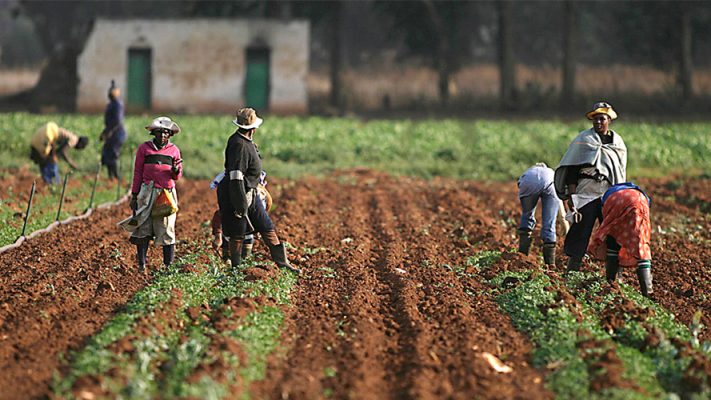A survey presented yesterday has showed that the federal government’s drive to achieve food security has suffered significant setbacks as farmers have lost an estimated 54,000 hectares of farmlands to pests and diseases.
This is in addition to about 17,000 farmlands already destroyed by the 2024 floods.
The 2024 Wet Season Agricultural Performance Survey (APS) conducted by the National Agricultural Extension and Research Liaison Services (NAERLS) under the Federal Ministry of Agriculture and Food Security presented in Abuja detailed significant disruptions to farming due to climatic changes, pest infestations and security issues.
The report shows that crops such as maize, millet, cassava, rice and yams were severely affected, with some regions experiencing up to 60% crop loss.
The infestation of Fall Army Worms on maize was particularly damaging, as the survey indicated that the pest swept through 26 states and wreaked havoc on farmlands.
The report also pointed out that both rainfall irregularities and a general decrease in rainfall exacerbated the pest and disease problems.
In 33 states, prolonged dry spells which were experienced in August weakened crop resistance, making them more susceptible to pests and diseases.
The survey emphasised that poor access to pesticides, as well as high costs of farm inputs such as fertiliser, further hampered farmers’ efforts to control the outbreaks.
Insecurity, on the other hand, has also hampered agricultural productivity in several northern states as the survey identified three states of Borno, Zamfara, and Katsina as the most affected by insecurity.
According to the report, these states accounted for a significant portion of the farmland lost in 2024 wet season with Borno State reporting the highest loss with over 20,000 hectares of farmlands abandoned due to insurgent activities, followed by Zamfara and Katsina states, where banditry and communal conflicts resulted in the displacement of farmers and desertion of large farming areas.
Despite the losses, some crops saw notable increases in production during the 2024 wet season. Ginger recorded the highest increase with a 30.13% rise in output and cowpea production increased by 4.31%, driven by improved seed varieties and extension support, while groundnut registered a 2.40% rise, due to benefit from better weather conditions in certain areas.
The report further indicates that youth participation in agriculture has seen a notable increase, with 69% of farmers being male, and the average age standing at 47 years.
The report emphasizes that Nigeria’s youth are progressively engaging in agricultural activities, although mechanisation remains a challenge, with only 22% of farms using tractors.
In livestock production, Nigeria’s cattle population stands at 64,800,807, with 114,312,555 goats, along with 809,846,165 chickens.
However, the livestock sector has not been spared from losses either, with diseases and theft causing considerable damage.
In the North-West zone alone, 35% to 40% of livestock were lost due to insecurity, theft, and disease outbreaks.
According to the Minister Of State for Agriculture and Food Security, Sabi Abdullahi, who received the report in Abuja on yesterday, the Federal Government remains committed to addressed challenges in the agricultural sector to drive food and nutrition security agenda.
NAERLS Executive-director, Prof Emmanuel Ikani who presented the report, called for urgent government intervention, including the implementation of more effective mechanisation programme, pest control measures, the provision of affordable farm inputs, and an improvement in early warning systems to help farmers manage outbreaks before they escalate.











